HEAD LINES
Mission Tension 2:
Ecumenical within the Bounds
of Evangelical and Orthodox Faith
January 2023
Dear Trinity Community,
This is the second in a series of Head Lines exploring distinctives of Trinity’s mission, especially some of the tensions that are built into our identity as a school. Like a guitar with several strings tuned together, all with a tension that is just right, Trinity’s missional tensions are intentional and
essential. They go back, most of them, to the founding of the school and the codification of the mission. Because they are tensions, we may feel the urge to resolve them, to move further to one end or the other to release the pressure— tension can be stressful. But to do so would be to untune the harmonious mission of Trinity School. This month we do a little more tuning of the Trinity mission as we explore what it means to be “ecumenical within the bounds of evangelical and orthodox faith.”
Mission Tension 2: Ecumenical within the Bounds of Evangelical and Orthodox Faith
These three words—ecumenical, evangelical, and orthodox—were chosen by the founders at the beginning of the school’s life. They are codified in the bylaws, which were officially adopted in May 1995, pre-dating the school’s mission statement, which took a few years to solidify. I have often said that I wish Trinity could simply say, “We are a Christian school—full stop.” But folks will ask, “What kind of Christian school?” and we should have an answer. These three words attempt to stake out some territory, if you will. They are not, perhaps, the most accessible terms to many people, and thus we have tried to define them in our Board-approved Expanded Mission Statement, and in a set of Parent News essays I wrote some years ago, “Trinity’s Three-Legged Stool: Evangelical, Orthodox, and Ecumenical,” both of which are available on our website.
Here is a brief summary of what we mean by these three terms. Trinity is an evangelical school, emphasizing a personal faith in Jesus Christ, as revealed in the Bible, and the good news about Jesus for all of creation. Trinity is an orthodox school, believing that the Christian faith, from its ancient to its modern forms, discovers the truth, goodness, and beauty that is visible in the world and that is invisible but real in the revelation that God is Father, Son, and Holy Spirit. And Trinity is an ecumenical school, valuing the mere Christianity that unites Christian communions of many different nations and traditions.
In 2017, when I wrote in some depth about these three, I called this “Trinity’s Three-Legged Stool.” I still like that analogy, one that suggests that a balance among these three is essential and that losing any one of them would be a destabilizing move for the school. But in the years since then, the Board has wisely clarified the relationship among these three in this way: “Rooted in and bounded by the evangelical and orthodox traditions,
Trinity is an ecumenical school, one that furthers the cooperation and unity of the church as the Body of Christ” (see the Expanded Mission Statement). This formulation suggests, perhaps, a more complicated relationship among these elements than the stool with three legs; it is a relationship which partakes of the very tensions we are exploring in this series.
Think of that tension this way: The evangelical and orthodox traditions operate as a sort of centripetal force, pulling the school’s identity inward toward a center. That center is the Trinity of Father, Son, and Holy Spirit. At the same time, there is a centrifugal force pulling the school outward: our ecumenical identity means that Trinity must always be a school that is a “big tent.” Evangelical and orthodox without ecumenical yields an unchecked inwardness that can lead to a narrow and provincial school; ecumenical without evangelical and orthodox centering can disintegrate into a vague and insipid religiosity that has lost touch with the truth that “in [Christ] all things hold together” (Colossians 1:17).
What this looks like, at a practical level, is a school that gathers quite a crowd of different sorts of Christians. Beyond our Protestant roots, we seek to form a community that welcomes and includes Catholics and Orthodox folk, who may not self-identify as evangelicals but who are thoroughly orthodox. And within the diverse tradition of American Protestantism, Trinity is a school that includes Christians from Pentecostal, Adventist, Holiness, Reformed, Mennonite, Lutheran, Baptist, Episcopal, Anglican, Methodist, and African American Baptist and Holiness denominations—to name just some traditions. Further, our ecumenism pushes us outward globally as well, so that Trinity is a place with connections to both the Catholicism and Pentecostalism of Central and South America, the house churches of China, the Anglicanism of Africa, the Baptists of Ukraine, the Presbyterians of Korea, the Pentecostals of Jamaica, and many others.
All who teach or serve in leadership at the school, whatever their denomination, join together in affirming the school’s doctrinal statement, which we adopted with permission from InterVarsity Christian Fellowship back in the early days of the school. That statement frames a broadly evangelical faith that can be affirmed by Christians from all of these traditions. Thus in our teaching and leading and in our Trinity community as a whole, together we pursue our vision to be ecumenical within the bounds of evangelical and orthodox faith. May God help us always to hold these tensions faithfully and so to sound out the distinctive sound of Trinity’s mission for the world to hear.
Non Nobis,

Chip Denton
Head of School






